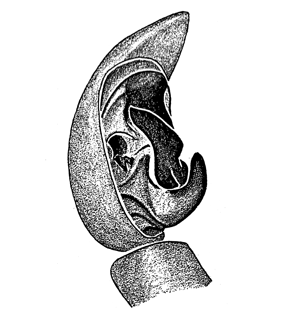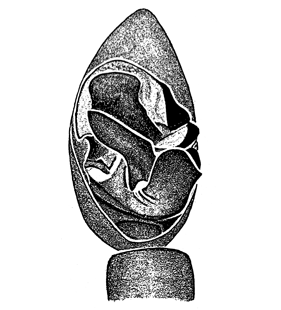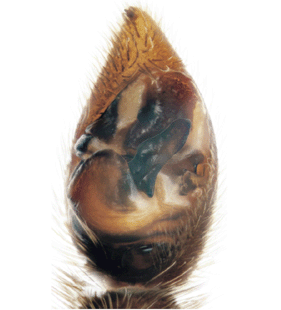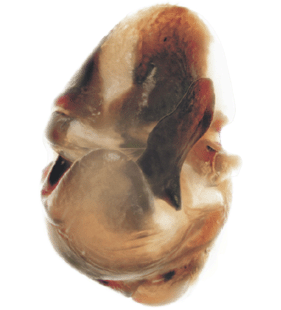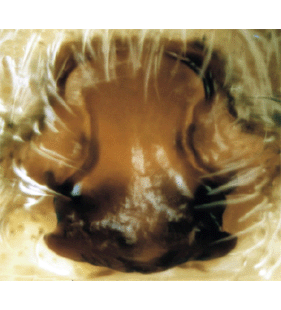Pardosa incerta Nosek, 1905
Beschreibung
Männchen
Färbung wie Weibchen, etwas dunkler. Bein I mit Sexualdimorphismus: distale Segmente beiderseits mit dichtem Rand langer, aufrechter Setae.
Weibchen
Prosoma braun, Median- und Seitenbänder gelb, mit weissen Haaren bedeckt, Medianband spindelförmig. Beine gelb-braun, alle Segmente deutlich geringelt. Opisthosoma gelb-braun, mit blasser Musterung.
Zusätzliche Informationen
Weibchen können mit P. buchari verwechselt werden.
Verbreitung
Phänologie
| Jan | Feb | Mar | Apr | May | Jun | Jul | Aug | Sep | Oct | Nov | Dec |
 |  |
Abbildungen
Verbreitungsnachweise
"No reference" bedeutet nicht, dass die Art in diesem Land nicht vorkommt, sondern dass wir die Referenz hierfür noch nicht eingefügt haben. Wir arbeiten daran.
Literatur
Blagoev G, Deltshev C, Lazarov S, Naumova M (2018) The spiders (Araneae) of Bulgaria. Version: August 2018. National Museum of Natural History, Bulgarian Academy of Sciences. Online at http://www.nmnhs.com/spiders-bulgaria/ (accessed on 10.9.2018) ![]()
Danışman T, Kunt K B, Özkütük R S, Coşar İ (2024a) The checklist of the spiders of Turkey. Version 2024 [last updated 01 January 2024], online at http://www.spidersofturkey.info ![]()
Otto S (2022) Caucasian spiders. A faunistic database on the spiders of the Caucasus Ecoregion. Database version 02.2022. Internet: caucasus-spiders.info.
Tongiorgi P (1966b) Wolf spiders of the Pardosa monticola group (Araneae, Lycosidae). Bulletin of the Museum of Comparative Zoology 134: 335-359 ![]()
WSC (2025) World Spider Catalog. Version 26. Natural History Museum Bern, online at http://wsc.nmbe.ch (28.2.2025) doi: 10.24436/2 ![]()
Zamani A, Nadolny A A, Dolejš P (2022b) New data on the spider fauna of Iran (Arachnida: Araneae), part X. Arachnology 19: 551-573 ![]()
